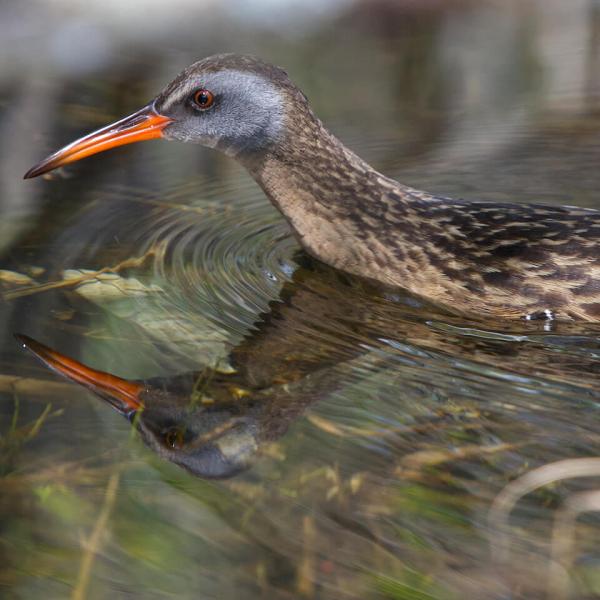Related Stories
Ontario,British Columbia,Quebec
Keeping research infrastructure green
A nod to the efforts that CFI-funded labs are making to reduce their environmental impact
Saskatchewan,Ontario
Mounting an early warning system for Canada’s looming water crisis, through the Global Water Futures Observatories
A network of observation systems across the country’s freshwater basins provides urgently needed data to help ward off the devastating impacts of floods, droughts and other water crises plaguing Canada
Ontario
A fresh take on protecting our waters
A wide-ranging survey of aquatic environments in Eastern Ontario will bring together Indigenous and Western Knowledge to find better ways to preserve Canada’s freshwater habitats and species







